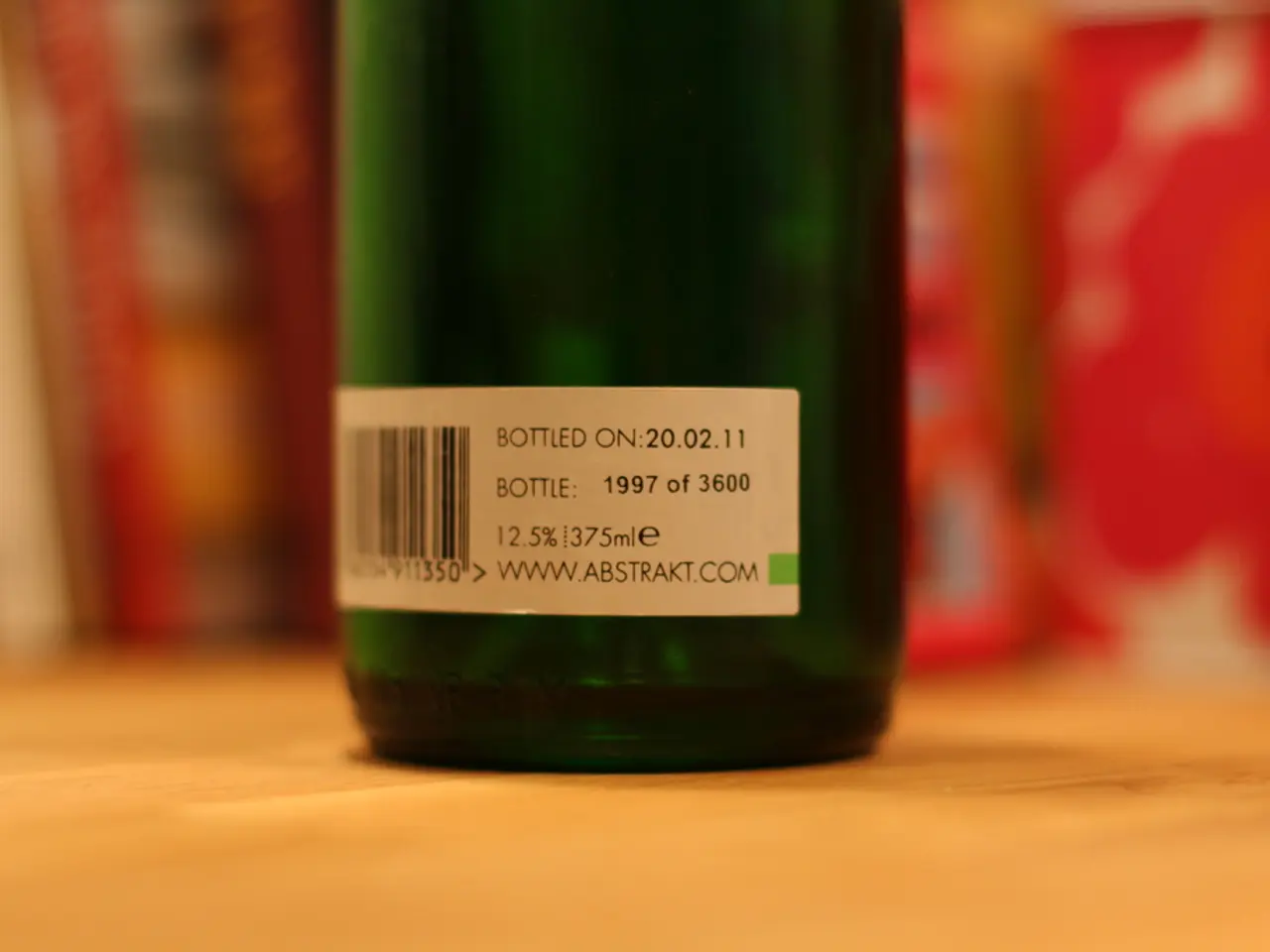Understanding Rosacea Triggers: A Key to Managing Flare-ups
Rosacea, a persistent inflammatory skin condition, affects millions worldwide. Characterised by visible blood vessels and redness, particularly on the face, it's a lifelong challenge. Understanding and avoiding triggers can help manage flare-ups.
Common triggers include sun exposure, stress, anxiety, alcohol, certain skin and hair care products, some medications, exercise, and spicy foods. To reduce flare-ups, use sunscreen, manage stress, limit alcohol and caffeine, avoid extreme temperatures, and use hypoallergenic products. Each person's triggers can vary, so keeping a daily log can help identify personal ones. Exercise can increase body temperature, but keeping skin cool can prevent flare-ups. Excessive stress and anxiety can worsen symptoms, so creating quiet time and adopting self-care habits can help. Sun exposure and heat can trigger rosacea, so limiting sun exposure, especially during midday, is crucial. Some medications, like topical steroids and vasodilators, may worsen symptoms, so consulting a doctor about adjustments can help. The most common individual triggers are UV radiation, heat, cold, wind, hot drinks, alcohol, spicy foods, and stress. Even small amounts of alcohol can cause blood vessel dilation, so occasional drinking should be minimal.
Rosacea is a complex condition, but understanding and avoiding triggers can significantly improve symptoms. By identifying personal triggers, managing stress, protecting skin from sun and heat, and using gentle products, individuals can effectively manage rosacea flare-ups and enjoy a better quality of life.
Read also:
- Americans Lose Insurance Under New Tax Legislation, Affecting 10 Million Citizens
- Trump Signs Law Defunding Planned Parenthood, Threatening Healthcare Access for Millions
- Historian Ute Frevert Explores Germans' Emotional Bond With Constitutions
- Milei's Ideological Approach Reshapes Argentina's Foreign Policy







